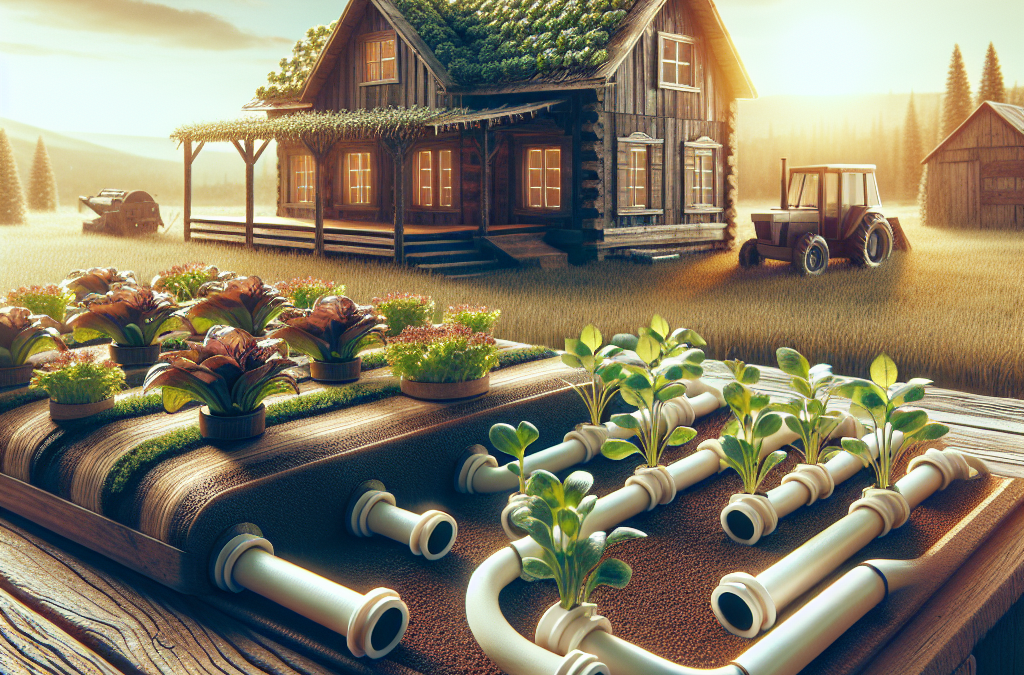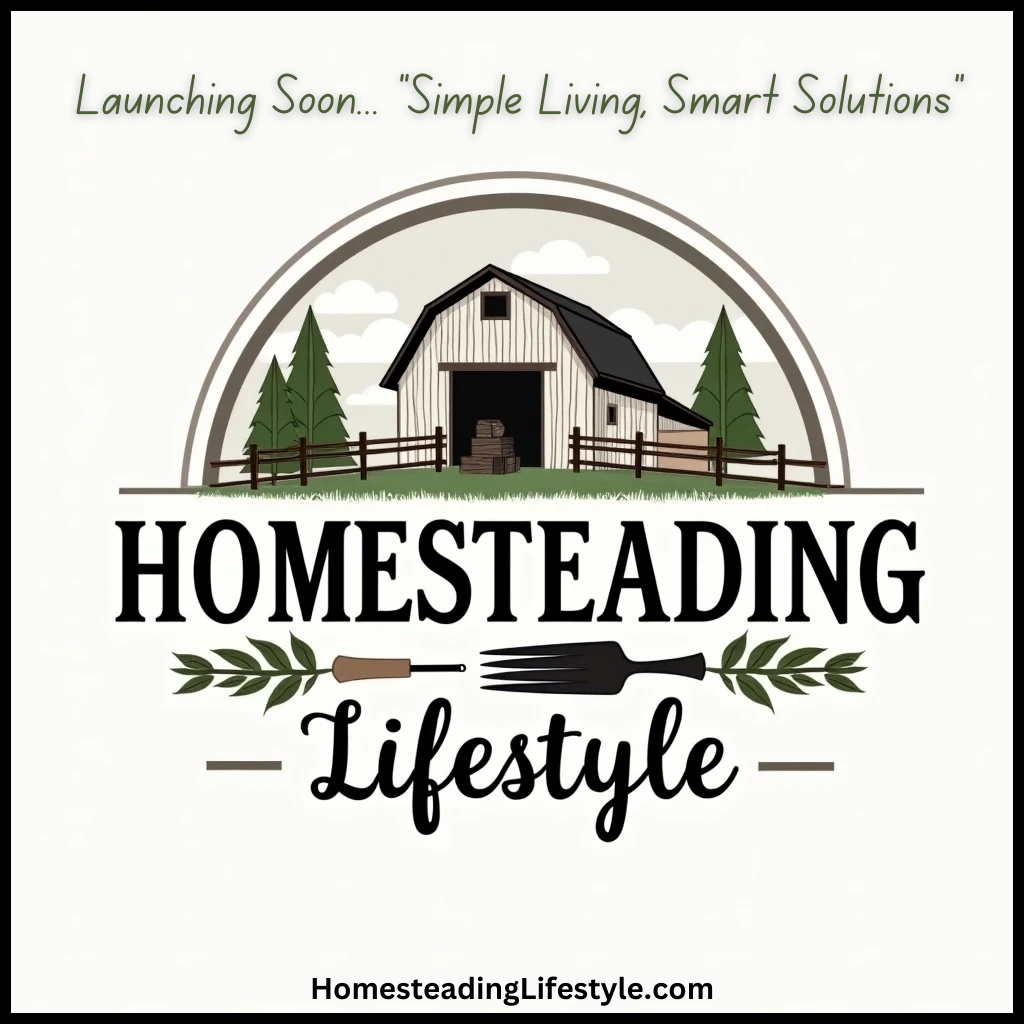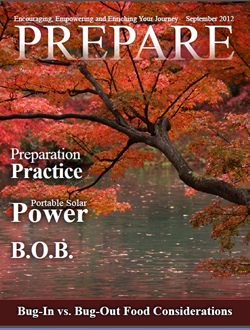Understanding Hydroponics
What is Hydroponics?
Let’s kick things off by talking about what hydroponics really is. Essentially, it’s a method of growing plants without soil. Instead, you’re using nutrient-rich water to deliver everything your plants need to thrive. This method not only saves space but also can lead to faster growth, which is a game-changer when you’re trying to maximize your homestead.
I first stumbled across hydroponics while searching for ways to grow in limited space. The whole idea blew my mind! It’s fascinating to see how plants can reside in a nutrient solution or even in an inert medium like clay pebbles or rock wool. There’s just something magical about it.
Many homesteaders overlook this gem, but I tell you, once you dive in, it opens up new doors for urban gardening and self-sufficiency. You can cultivate fresh herbs and veggies right by your kitchen, and trust me, they taste so much better than store-bought ones!
Advantages of Hydroponics
Space Efficiency
One of the first perks I noticed with hydroponics is how it maximizes space. If you’re like me and reside on a smaller plot of land, every square foot matters. With hydroponic systems, you can stack your plants vertically or use various arrangements that traditional gardening doesn’t permit.
This means you can grow quite a lot in a small area. I’ve managed to fit an entire salad garden in a corner of my porch! It’s all about getting creative with how you utilize your space.
Plus, if you’re dealing with poor soil quality or limited resources, hydroponics can really save the day. No more digging or amending the soil; everything your plants need comes in that nutrient-packed water.
Essential Equipment for Hydroponics
What You’ll Need
Now, let’s talk about the essentials if you want to start your hydroponic setup. The equipment doesn’t have to break the bank, but there are a few key items you’ll definitely need. Think of it like stocking up your home kitchen with the right tools—it makes a world of difference.
A water reservoir is your starting point. You can go as basic or fancy as you like, but it must be able to hold your nutrient solution. I’ve used everything from repurposed containers to purpose-built ones. Just ensure it’s food-safe and won’t leach harmful chemicals.
Next up, you’ll need a good pump, and aeration is vital! Investing in an air pump with air stones will keep the water oxygenated, and your plants will thank you. It’s kind of like giving them a refreshing drink all the time!
Types of Hydroponic Systems
Your Options
As I dove deeper into hydroponics, I found several systems out there, each with its flair and benefits. The most common ones include Deep Water Culture (DWC), Nutrient Film Technique (NFT), and Ebb and Flow. Each has its quirks, and trying to figure out which fits best can be an exciting journey.
The Deep Water Culture system, for instance, has your plants hanging in a nutrient-rich solution, which is super easy to manage. On the flip side, the NFT system continuously flows nutrients over the roots, which I found made for rapid growth.
Experimenting with different systems has been half the fun! I initially started with DWC because it seemed straightforward. But after trying NFT, I was hooked on how fast the plants thrived. Each has its pros and cons, and it’s all about finding your groove.
Choosing the Right Plants
What to Grow
Finally, once you’ve set up your hydroponic system, the fun part is deciding what to grow! While you can technically grow almost any plant, some do much better in hydroponics than others. Leafy greens and herbs are a fantastic place to start, as they tend to be fast-growing and forgiving.
I began my journey with basil and lettuce, and let me tell you, it was incredibly rewarding! Watching those tiny seeds turn into lush plants in no time is mesmerizing. You get to pluck fresh basil for your pasta, and that’s a huge win in my book.
As you gain confidence, you can explore other plants like strawberries or peppers. Just remember, the key is understanding how each plant thrives, and adapting your nutrient solution accordingly. It’s like being a plant doctor, which is pretty dang cool!
FAQ
1. What is hydroponics?
Hydroponics is a method of growing plants in a nutrient-rich water solution instead of soil. It’s all about providing the essential nutrients directly to the plants’ roots, leading to efficient growth.
2. What are the advantages of hydroponics?
Some advantages include space efficiency, faster plant growth, and better control over nutrient delivery. It’s a great way to grow in limited spaces or poor soil conditions.
3. What equipment do I need to start hydroponics?
You’ll need a water reservoir, a pump, and aeration equipment like air stones. Depending on your system type, there may be additional supplies, but these are the basics to get started.
4. What types of hydroponic systems are there?
Common systems include Deep Water Culture (DWC), Nutrient Film Technique (NFT), and Ebb and Flow. Each has different methods and requirements for plant care.
5. What plants should I start with?
Leafy greens like lettuce and herbs like basil are excellent choices for beginners. They grow quickly and are relatively low-maintenance in hydroponic systems.





